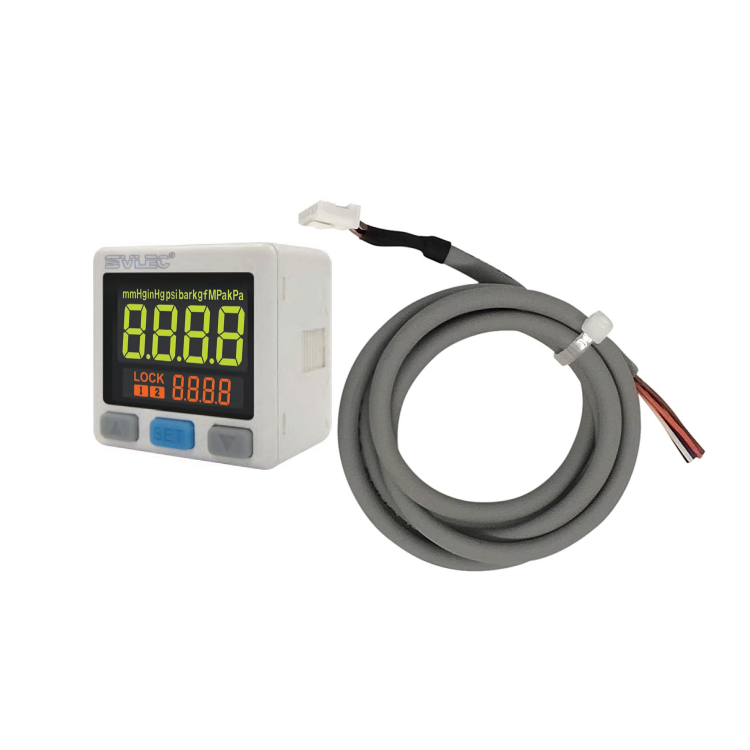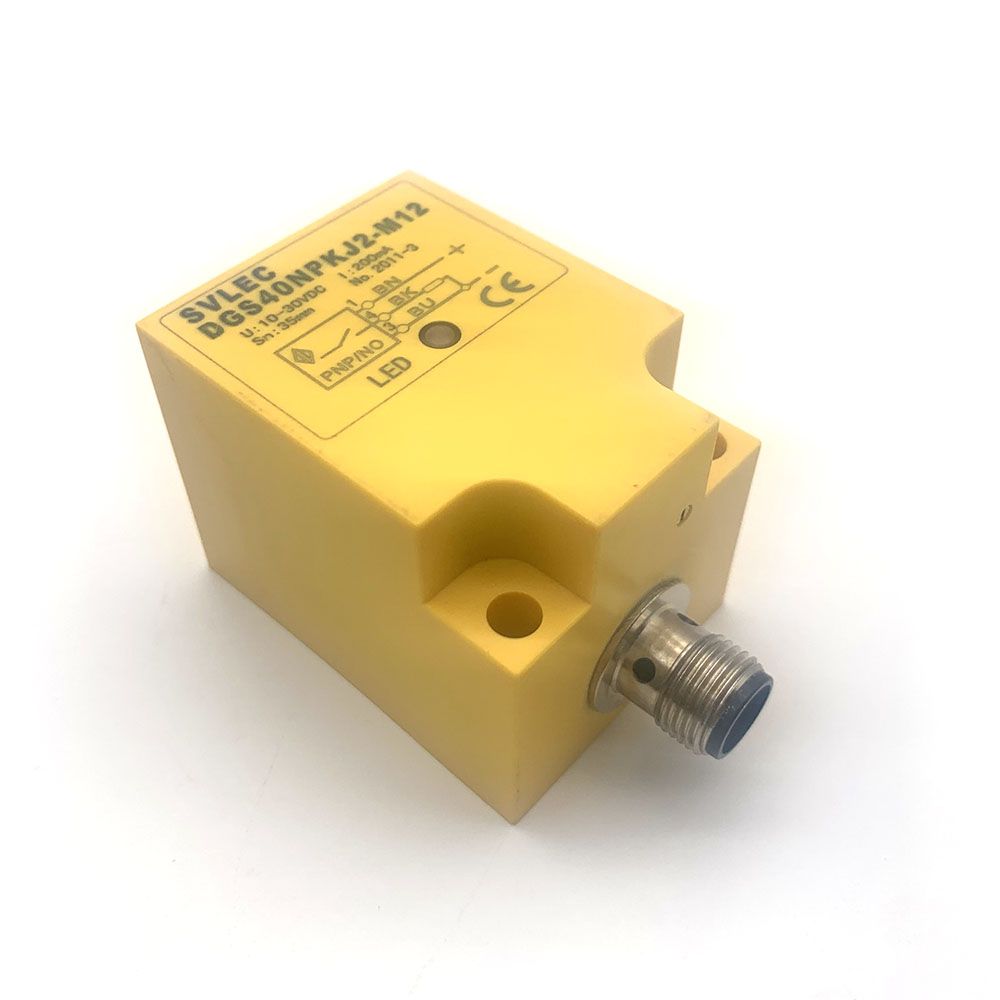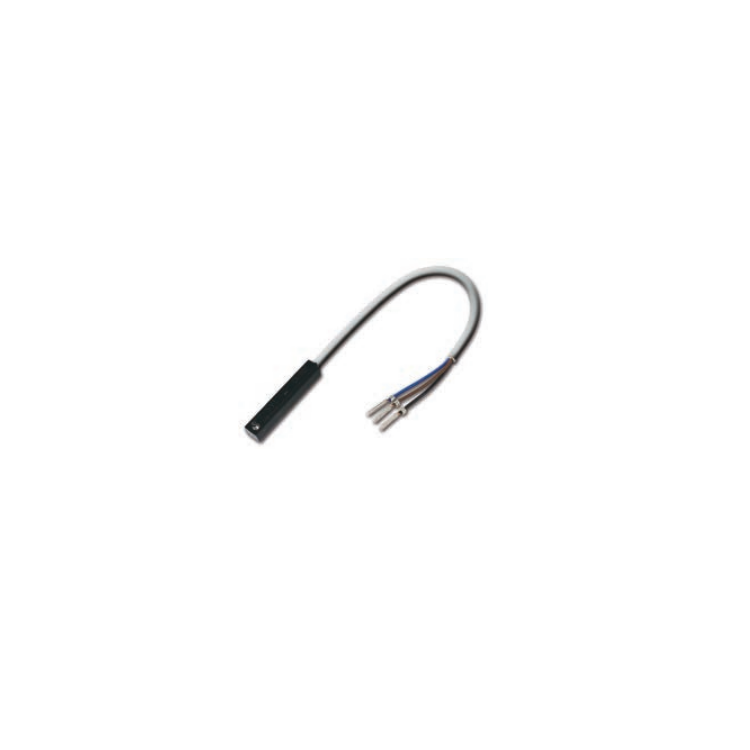Parallel data input with 74LS165 driven by microcontroller I/O port
The I/O interface serves as a crucial component that enables the CPU to communicate with peripheral devices through the system bus. Depending on the complexity of the circuit and the connected devices, the hardware of the I/O interface is typically categorized into two main types:
(1) I/O Interface Chip
These are mostly integrated circuits that receive commands and parameters from the CPU and manage operations on related I/O circuits and basic peripherals. Examples include timer/counter chips, interrupt controllers, DMA controllers, and parallel interface chips. These components are designed for specific tasks and are often used in simpler systems where direct control by the CPU is sufficient.
(2) I/O Interface Control Card
This type consists of multiple integrated circuits organized into a single module. These cards can either be directly mounted on the motherboard alongside the CPU or inserted into a system bus slot. They are commonly used in more complex systems where greater flexibility and functionality are required.
I/O interfaces can also be classified based on the type of device they connect to, such as serial interfaces, parallel interfaces, keyboard interfaces, and disk interfaces.
One example of an I/O interface is the 74LS165, which is a shift register used for parallel-to-serial data conversion. It is controlled by the microcontroller’s I/O port and allows for the input of parallel data. As shown in the diagram, P1.5 is used for serial data input, P1.6 acts as the shift clock output, and P1.7 controls the operation mode of the 74LS165.
The MCU I/O port driver using the 74LS165 generally includes three main parts: function declaration and pin definition, a data input function, and a data output function.
(1) Function Declaration and Pin Definition
This section of the code is usually placed at the beginning of the program. It involves declaring library functions and defining the corresponding pins used in the system. The code might look something like this:
[Image: Function declaration and pin definition]
(2) Data Input Function (in_simuseri())
The in_simuseri() function is responsible for reading 8-bit data serially, starting from the least significant bit to the most significant. The implementation of this function is critical for capturing data from the shift register. Here is an example of the code:
[Image: Data input function code]
[Image: Additional code for data input function]
(3) Data Output Function (PAs())
The PAs() function handles the parallel output of data. This is useful when the microcontroller needs to send data to other devices or components. The following code demonstrates how this function is implemented:
[Image: Data output function code]
By understanding these components and their roles, developers can effectively design and implement I/O systems that integrate seamlessly with microcontrollers and peripheral devices.
In the field of sensor technology, SVLEC has a complete set of diverse technologies and their different working principles. You can order high-quality Sensors and systems that are suitable for various purposes and meet various requirements from our company, from linear displacement detection and identification to target detection and fluid measurement. Suitable for daily industrial applications and arduous use in critical environments. To match it, we provide you with the best network and connection technology and a wide range of accessory products.



Sensor Actuator, Pressure Switch,Led light,Multi-Functional Signal Light, led indicator
Kunshan SVL Electric Co.,Ltd , https://www.svlelectric.com